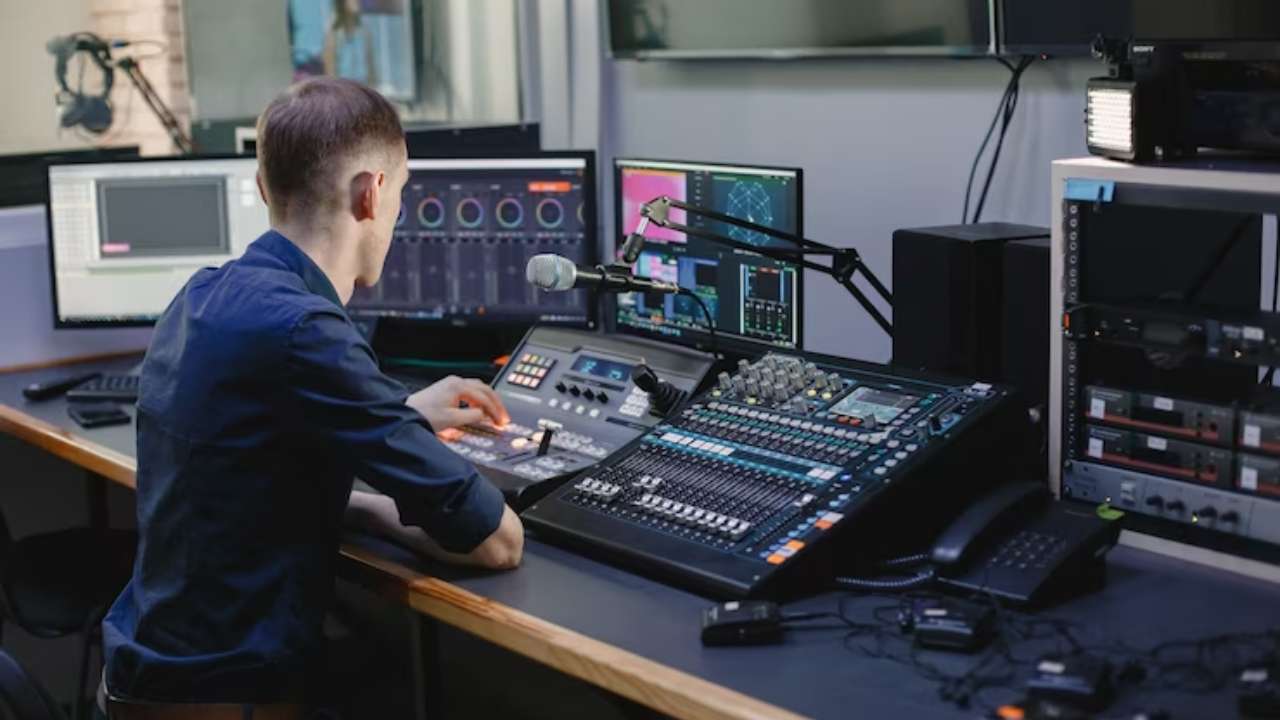Enhancing Safety and Monitoring Effectiveness Via Strategic Surveillance CCTV Placement in Commercial Environments
Enhancing Safety and Monitoring Effectiveness Via Strategic Surveillance CCTV Placement in Commercial Environments
Blog Article
In current shopping settings, safety is a primary concern for store owners and managers. One effective method to improve safety and surveillance is through the strategic placement of surveillance video cameras. These cameras not just help deter shoplifting and criminal acts but also offer valuable proof in case of incidents. By recognizing the optimal locations for surveillance camera placement, store owners can maximize their efficacy and foster a safer shopping experience for shoppers and staff alike.
The initial step in effective surveillance camera placement is to locate vulnerable areas within the store. These locations typically include entrances and exit points, checkout counters, and aisles where expensive products are displayed. By placing surveillance devices in these locations, store owners can observe customer behavior and spot questionable conduct. Additionally, cameras at entrances can record images of people entering and exiting the retail space, which is essential for recognizing potential shoplifters. This proactive strategy aids in reducing loss and ensuring a secure environment.
A further key factor is the type of camera used in the retail environment. Various types of cameras serve different purposes. For example, dome cameras weblink are commonly used for internal monitoring because they are less obtrusive and can cover a broad space. Conversely, bullet-style cameras are ideal for outdoor use, as they are more conspicuous and can discourage illegal behavior. Retailers should assess their specific needs and choose the appropriate camera models to guarantee complete coverage of the retail space.
Along with camera types, the position and elevation at which surveillance devices are installed play a significant part in their efficacy. Surveillance devices should be positioned at a height that allows for unobstructed viewing of individuals and activities without being easily tampered with. A typical suggestion is to install cameras at least eight to ten ft off the ground. Furthermore, cameras should be tilted to monitor as much area as feasible while preventing areas without coverage. This strategic placement guarantees that all zones of the store are monitored, providing a full perspective of shopper engagements and possible security threats.
Ultimately, it is crucial for store owners to regularly review and service their surveillance systems. This includes inspecting surveillance device functionality, ensuring that footage are clear, and updating software as required. Regular maintenance aids to avoid technical issues that could jeopardize safety. Additionally, retailers should review recordings periodically to identify trends in shopper behavior and possible security risks. By remaining proactive and attentive to their monitoring equipment, retailers can establish a more secure shopping environment and safeguard their assets effectively.